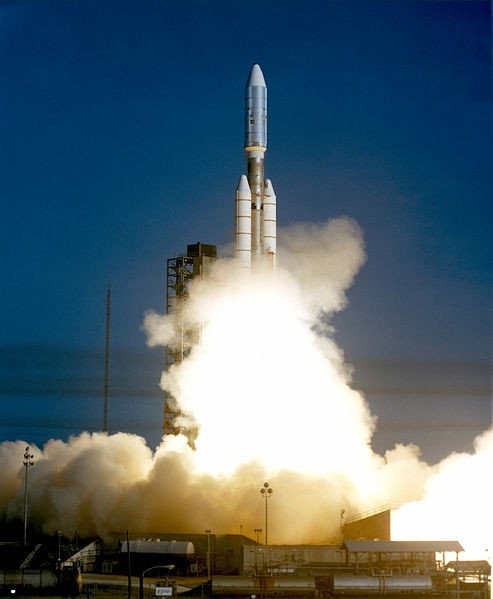Has Voyager 1 Left Solar System 36 Years after Nasa Launch?
Scientists argue over whether space history made with Nasa 1 crossing galaxy's boundary into outer space

Voyager 1 appears to have left the solar system and has begun its first exploration outside our galaxy, a maverick team of astronomers has claimed.
The spacecraft has travelled further than any manmade object since its launch in 1977.
Nasa has not confirmed Voyager 1's whereabouts but researchers at the University of Maryland believe it is about 11 billion miles from Earth and has crossed the solar system boundary into outer space.
Marc Swisdak, lead author of a paper published in the Astrophysical Journal Letters, said: "It's a somewhat controversial view but we think Voyager has finally left the solar system and is truly beginning its travels through the Milky Way."
A recent Nasa paper suggested that the spacecraft was still in a transition zone between the sun's sphere of influence and the rest of the Milky Way. The discrepancy comes from a dispute over what the boundary crossing should look like.
The heliosphere - the region of space dominated by the magnetic field and charged particles from the sun - is well understood by scientists. However, the heliopause transition zone is largely undefined.
Popular thinking suggests that researchers will know when Voyager 1 passes through the solar system because the magnetic field will change.
Nasa said that after eight years, Voyager 1 was still travelling through the very outermost layers of the heliosphere. They found a dip in solar particles and an increase in galactic electrons and protons but no change in the magnetic field.
Some scientists said this change meant the spacecraft was in the "heliosheath depletion region" but was still technically in our solar system, a finding challenged by Swisdak.
He said that the magnetic field could remain unchanged even when the spacecraft was outside of the solar system.

© Copyright IBTimes 2025. All rights reserved.






















